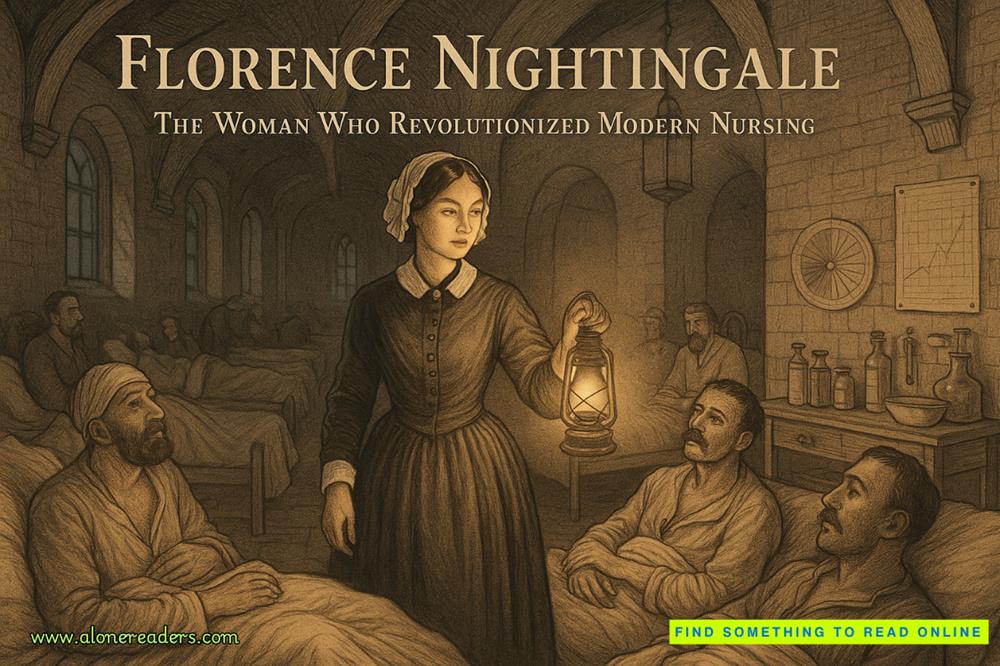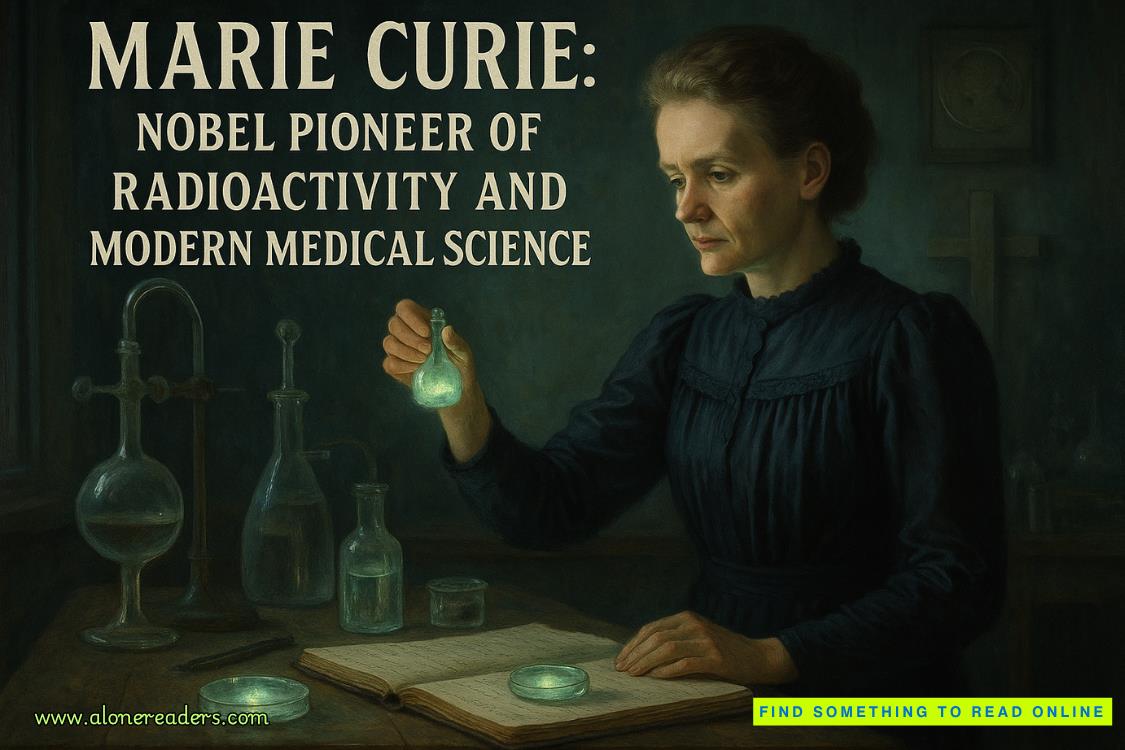Page 148 of Beautiful Creatures (Caster Chronicles 1)
“What were you thinking? Lena would hate that. She and Ridley don’t even speak.”
“That’s on Lena, man. She should get over it, they’re family.” I knew he was under the influence, a Ridley-fied zombie, but he was still pissing me off.
“You don’t know what you’re talking about. Just stay out of it. Trust me.”
He opened a Slim Jim and took a bite. “Whatever, man. We were just tryin’ to do somethin’ nice for Lena. It’s not like she has that many people willin’ to throw her a party.”
“All the more reason not to have one. No one would come.”
He grinned and stuffed the rest of the Slim Jim into his mouth. “Everyone will come. Everyone’s already comin’. At least, that’s what Rid says.”
Ridley. Of course. She’d have the whole damn town following her around, like the Pied Piper, at the suck of her first lollipop.
That didn’t seem to be Link’s understanding of the situation. “My band, the Holy Rollers, are gonna play for the very first time ever.”
“The what?”
“My new band. I started it, you know, at church camp.” I didn’t want to know anything else about what had happened over winter break. I was just happy he had made it back in one piece.
Mr. Lee banged on the blackboard for emphasis, drawing a big number eight in chalk. “In the end, Hatch could not move the Confederates and withdrew his forces with a count of eighty-nine dead and six hundred and twenty-nine wounded. The Confederates won the battle, only losin’ eight men. And that”—Mr. Lee pounded proudly on the number eight—“is why you all will be joinin’ me at the Livin’ History Reenactment of the Battle of Honey Hill tomorrow.”
Living History. That’s what people like Mr. Lee called Civil War reenactments, and they weren’t kidding. Every detail was accurate, from the uniforms to the ammunition to the position of the soldiers on the battlefield.
Link grinned at me, all Slim Jim. “Don’t tell Lena. We want her to be surprised. It’s, like, her birthday present from the two of us.”
I just stared at him. I thought about Lena in her dark mood and her orange prison jumpsuit. Then, Link’s no doubt terrible band, a Jackson High party, Emily Asher and Savannah Snow, the Fallen Angels, Ridley, and Ravenwood, not to mention Honey Hill blowing up in the distance. All under the disapproving eye of Macon, Lena’s other crazy relatives, and the mother who was trying to kill her. And the dog that allowed Macon to see every move we made.
The bell rang. Surprise wouldn’t even begin to describe how she would feel. And I was the one who’d have to tell her.
“Don’t forget to sign in when you arrive at the Reenactment. You don’t get credit if you don’t sign in! And remember to stay inside the ropes of the Safe Zone. Gettin’ shot won’t get you an A in this class,” Mr. Lee called as we filed out the door.
Right about now, getting shot didn’t seem like the worst thing in the world.
Civil War reenactments are a seriously strange phenomenon, and the Reenactment of the Battle of Honey Hill was no exception. Who would actually be interested in dressing up in what looked like really sweaty wool Halloween costumes? Who wanted to run around shooting antique firearms so unstable they had been known to blow people’s limbs off when fired? Which is, by the way, how Big Earl Eaton had died. Who cared about re-creating battles that happened in a war that took place almost a hundred and fifty years ago and that, in fact, the South didn’t actually win? Who would do that?
In Gatlin, and most of the South, the answer would be: your doctor, your lawyer, your preacher, the guy who fixes your car and the one who delivers your mail, most likely your dad, all your uncles and cousins, your history teacher (especially if you happen to have Mr. Lee), and most definitely, the guy who owns the gun shop over in town. Come the second week of February, rain or shine, Gatlin thought about, talked about, and fussed about nothing but the Reenactment of the Battle of Honey Hill.
Honey Hill was Our Battle. I don’t know how they decided that, but I’m pretty sure it had something to do with the seven guns. People in town spent weeks preparing for Honey Hill. Now that it was down to the last minute, Confederate uniforms were being steamed and pressed all over the county, the smell of warm wool wafting through the air. Whitworth rifles were cleaned and swords polished, and half the men in town had spent last weekend at Buford Radford’s place making homemade ammunition, because his wife didn’t mind the smell. The widows were busy washing sheets and freezing pies for the hundreds of tourists descending on the town to witness Living History. The members of the DAR had spent weeks preparing for their version of the Reenactment, the Southern Heritage Tours, and their daughters had spent two Saturdays baking pound cakes to serve after the tours.
This was particularly amusing because the DAR members, including Mrs. Lincoln, conducted these tours in period dress; they squeezed into girdles and layers of petticoats that made them look like sausages about to burst from their casings. And they weren’t the only ones; their daughters, including Savannah and Emily, the future generation of the DAR, had to putter around the historic plantation houses dressed like characters from Little House on the Prairie. The tour had always started at the DAR headquarters, since it was the second-oldest house in Gatlin. I wondered if the roof would be fixed in time. I couldn’t help imagining all those women wandering around the Gatlin Historical Society, pointing out starburst quilt patterns above the hundreds of Caster scrolls and documents awaiting the next bank holiday below.
But the DAR weren’t the only ones to get into the act. The War Between the States was often referred to as the “first modern war,” but if you took a walk around Gatlin the week before the Reenactment, there was nothing modern looking about it. Every Civil War relic in town was on display, from horse-drawn wagons to Howitzers, which any preschooler in town could tell you were artillery cannons resting on a set of old wagon wheels. The Sisters even dragged out their original Confederate flag and tacked it up on their front door, after I refused to hang it on the porch for them. Even though it was all for show, that’s where I drew the line.
There was a big parade the day before the Reenactment, which gave the reenactors an opportunity to march through town in full regalia in front of all the tourists, because the next day they’d be so covered in smoke and dirt that no one would notice the shiny brass buttons on their authentic shell jackets.
After the parade, there was a huge festival, with a pig pick, a kissing booth, and an old-fashioned pie sale. Amma spent days baking. Outside of the County Fair, this was her biggest pie show, and her biggest opportunity to claim victory over her enemies. Her pies were always bestsellers, which drove Mrs. Lincoln and Mrs. Snow crazy—Amma’s primary motivation for all that baking in the first place. There was nothing she liked better than showing up the women of the DAR and rubbing their noses in their second-rate pies.
So every year when the second week of February rolled around, life as we knew it ceased to exist, and we all found ourselves back at the Battle of Honey Hill, circa 1864. This year was no exception, with one peculiar addition. This year, as pickups pulled into town towing double-barreled cannons and horse trailers—any self-respecting cavalry reenactor owned his own horse—different preparations were also under way, for a different battle.
; Only this one didn’t begin at the second-oldest house in Gatlin, but the oldest. There were Howitzers, and then there were Howitzers. This battle wasn’t concerned with guns and horses, but that didn’t make it any less of a battle. To be honest, it was the only real battle in town.
As for the eight casualties of Honey Hill, I couldn’t really compare. I was only worried about one. Because if I lost her, I would be lost, too.
So forget the Battle of Honey Hill. To me, this felt more like D-Day.
2.11















